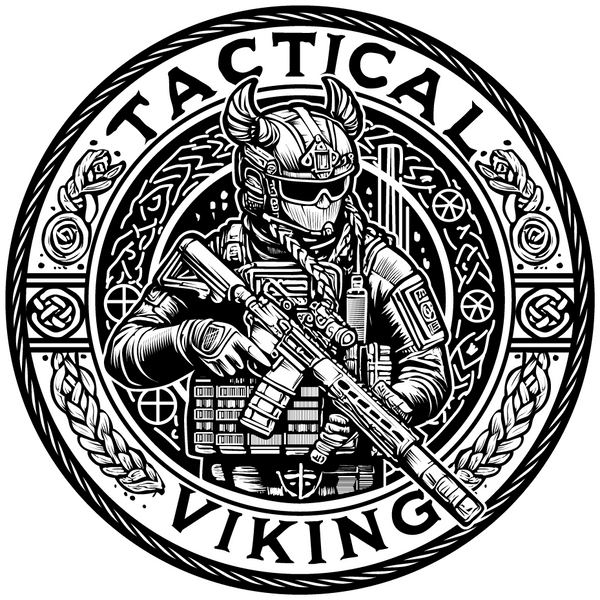
Black Thursday 1943 – The Cost of Courage
Share
The Mission Behind Black Thursday 1943
In the heart of Nazi Germany lay the city of Schweinfurt, a seemingly unremarkable industrial town. But beneath its surface churned the gears of Hitler’s war machine. Schweinfurt was home to critical ball-bearing factories. These tiny but vital components kept tanks rolling, aircraft flying, and artillery firing. Disrupting this production would theoretically paralyze the Wehrmacht's mobility and weaken the Third Reich from within.
That theory fueled the U.S. decision to launch the Second Schweinfurt Raid on October 14th, 1943. The first raid, just two months earlier, had proven costly. But commanders believed the gamble was worth it.
Thus, on that fateful morning, 291 American B-17 Flying Fortresses took to the skies from bases in England, their mission clear: cripple the heart of Germany’s industrial mobility.
The Fury Above Europe
From the very beginning of the mission, the U.S. bombers were met with fierce German resistance. The Luftwaffe scrambled wave after wave of fighters, Messerschmitts and Focke-Wulfs, sleek and deadly, picked off bombers with ruthless efficiency.
Flak from Germany’s feared anti-aircraft artillery, filled the skies with steel. Explosions erupted around the bomber formations as black clouds and shrapnel tore through engines, fuselages, and young American lives.
The U.S. bombers pressed forward with no long-range fighter escort, their vulnerability glaring. In the tight formations of the Eighth Air Force, men watched their comrades incinerated midair or spiral downward in flames.
By the end of the mission, 60 bombers were lost, and over 600 American airmen were dead, captured, or missing. Entire squadrons were reduced to fragments. Out of 291 aircraft, only 33 returned to base undamaged.
It was a day of devastation. It was Black Thursday 1943.
Why Black Thursday 1943 Matters
A Tactical Failure, A Strategic Awakening
Black Thursday 1943 shook the foundations of Allied air strategy. While the bombers inflicted damage on Schweinfurt’s factories, the losses were unsustainable. Without fighter escort, daylight raids over Germany were a death sentence. This raid made that brutally clear.
American and Allied leadership quickly shifted tactics. Soon after, emphasis was placed on developing long-range fighter escort, like the legendary P-51 Mustang, which could accompany bombers deep into enemy territory and return.
The raid also sparked deep questions about the morality of strategic bombing. Could the destruction of enemy infrastructure justify such enormous loss of life? That debate echoes to this day.
But among the military ranks and patriotic hearts, Black Thursday 1943 became a story of valor. Of men who flew straight into the mouth of hell, knowing the odds, but believing in their mission.
Voices from the Fire
Survivors of Black Thursday 1943 speak of haunting silence as planes fell. Of brothers lost mid-sentence. Of skies choked with smoke and blood.
One pilot, Lt. James Farrell, later wrote in his journal:
“We didn’t fly that day because we thought we’d win. We flew because our brothers beside us were already in the sky. And we weren’t going to let them go alone.”
It is these words... simple and stark... that capture the heart of what Black Thursday 1943 means. It was not about metal, bombs, or flight plans. It was about duty. Brotherhood. And sacrifice.
The Lessons for Today’s Patriots
Every service member, past and present, understands the weight of orders and the gravity of war. Black Thursday 1943 is more than a historical footnote, it’s a reflection of the cost of freedom.
For veterans, it's a reminder that bravery often comes not with victory, but with loss.
For patriots, it's a call to remember. Not just on Memorial Day, not just in speeches, but in daily gratitude for those who stood in the fire so others could live in peace.
And for citizens, it’s an education in sacrifice. When you see an American flag waving on a windy day, remember that somewhere, on a distant October morning in 1943, a young man flew into certain death so that flag might still mean something.
Legacy of Black Thursday 1943
The strategic lessons of Black Thursday 1943 helped shape the final years of WWII. Long-range fighter escort, tighter tactical coordination, and a reevaluation of target priorities all stemmed from that single, catastrophic raid.
But the emotional legacy runs deeper.
Monuments have been raised. Cemeteries filled. Letters home read and reread across generations. Yet perhaps the truest legacy of Black Thursday 1943 lives not in stone or print, but in the mindset of warriors today.
To face impossible odds with unshakable resolve.
To fly straight into the storm, even when the sky is burning.
To remember that courage is not the absence of fear... but the choice to fly anyway.
We Remember
October 14th, 1943 was a day of fire, iron, and unimaginable loss. But it was also a day of American valor in its rawest form.
Let the story of Black Thursday 1943 remind us: Freedom is not free.
It never has been.
And for those who walked... or flew... before us, we owe a debt we can never fully repay.
